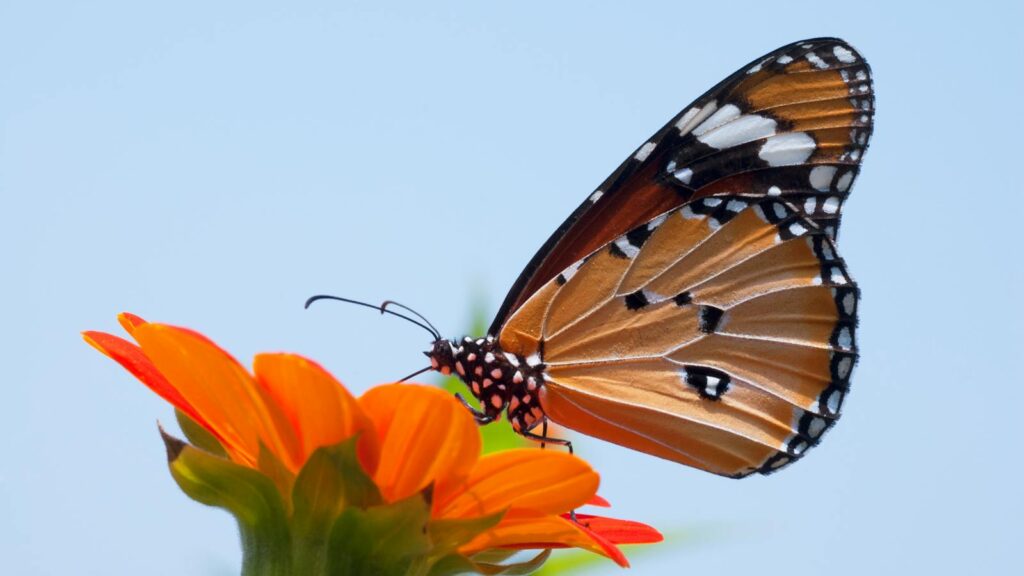The next time you see a butterfly delicately probing flowers or an ant carefully selecting leaves, you might be witnessing something far more sophisticated than simple feeding behavior. These tiny creatures are actually practicing medicine – a complex form of self-medication that has evolved over millions of years. Deep in the heart of tropical rainforests and sprawling meadows, insects have developed remarkable abilities to diagnose their own ailments and seek out specific plant-based remedies. This phenomenon, known as zoopharmacognosy, challenges our understanding of intelligence and reveals that some of nature’s smallest inhabitants possess an almost mystical knowledge of botanical medicine.
The Science Behind Insect Self-Medication
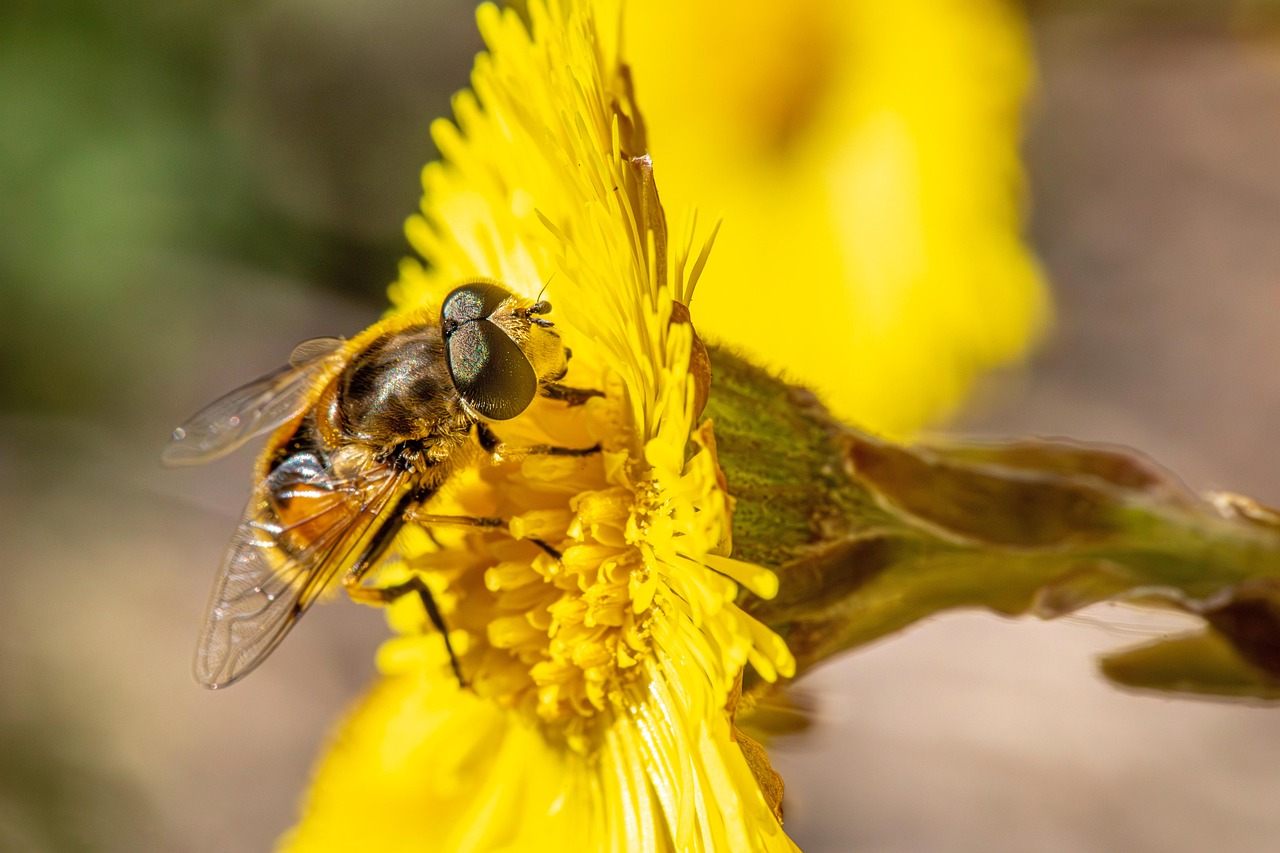
Scientists have discovered that insects can detect when they’re sick and actively seek out medicinal plants to treat their conditions. This behavior involves complex chemical recognition systems that allow insects to identify specific compounds in plants that can combat their infections or parasites. Research has shown that sick insects often change their normal foraging patterns, traveling farther distances and selecting plants they would typically avoid.
The ability to self-medicate appears to be both learned and instinctual, with some insects inheriting genetic predispositions to seek certain plants during illness. Laboratory studies have demonstrated that infected insects consistently choose leaves containing higher concentrations of antimicrobial compounds over healthy alternatives. This selective behavior suggests a sophisticated understanding of cause and effect that was once thought to be unique to higher mammals.
Monarch Butterflies: The Master Pharmacists
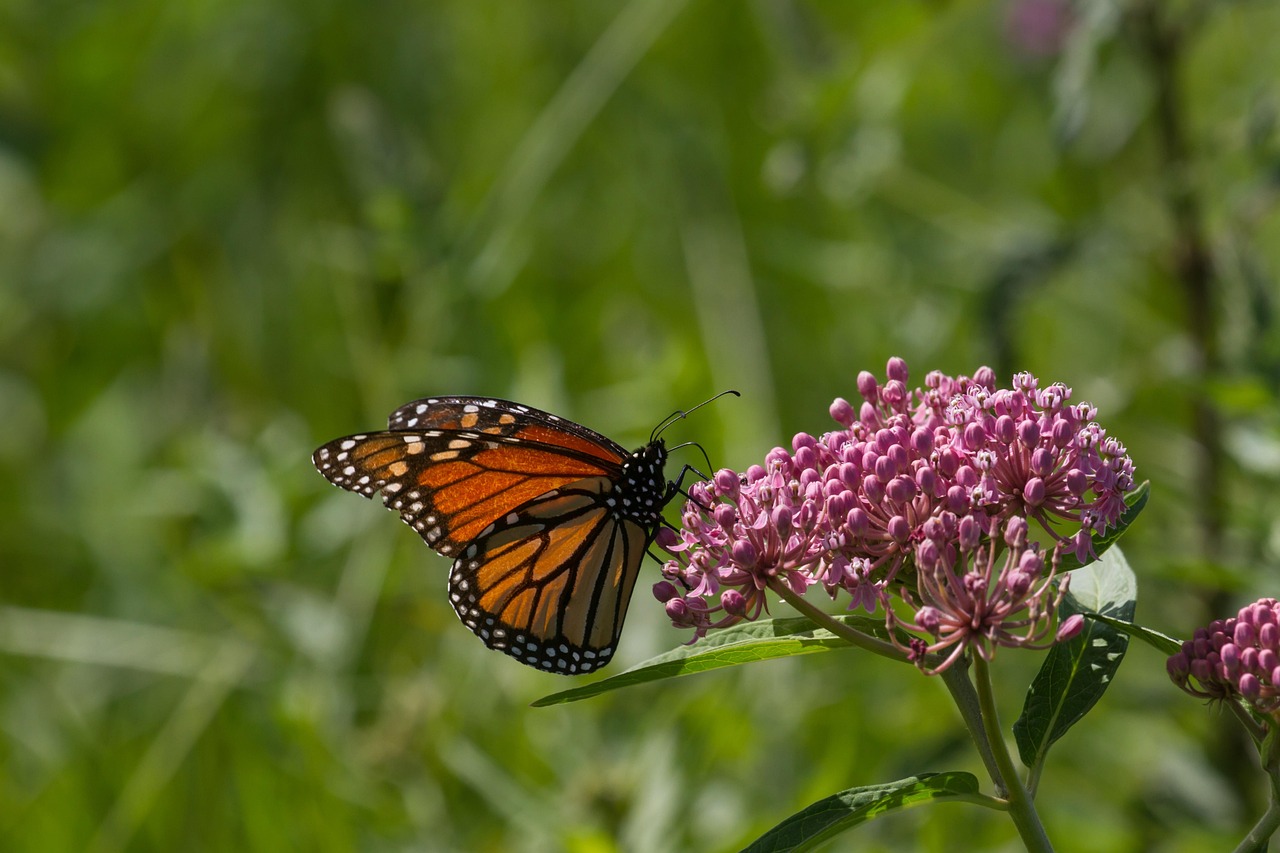
Perhaps the most famous example of insect self-medication comes from monarch butterflies, whose relationship with milkweed plants extends far beyond simple nutrition. When monarch caterpillars are infected with parasites, they instinctively seek out milkweed species with the highest concentrations of toxic cardiac glycosides. These compounds, while potentially harmful to the caterpillars themselves, are deadly to the parasites that plague them.
Female monarchs infected with the protozoan parasite Ophryocystis elektroscirrha demonstrate remarkable medical intuition by preferentially laying their eggs on the most toxic milkweed varieties. This behavior ensures their offspring will consume medicine from the moment they hatch, dramatically reducing parasite transmission rates. The precision of this self-medication is so refined that monarchs can distinguish between milkweed plants with only slight differences in alkaloid content.
Woolly Bear Caterpillars and Their Alkaloid Arsenal

The fuzzy woolly bear caterpillars, beloved by children and gardeners alike, harbor a secret pharmaceutical knowledge that would impress any chemist. When these caterpillars become infected with parasitic flies, they abandon their usual diet of common plants and begin seeking out species containing pyrrolizidine alkaloids. These powerful compounds act as natural pesticides, effectively eliminating the fly larvae developing inside their bodies.
What makes this behavior particularly fascinating is the caterpillars’ ability to adjust their alkaloid consumption based on the severity of their infection. Heavily parasitized individuals consume significantly more alkaloid-rich plants than their healthier counterparts, suggesting a dose-dependent response similar to human medical practices. This self-regulating behavior demonstrates a level of biological sophistication that continues to amaze researchers studying insect cognition.
Carpenter Ants: Nature’s Antiseptic Specialists
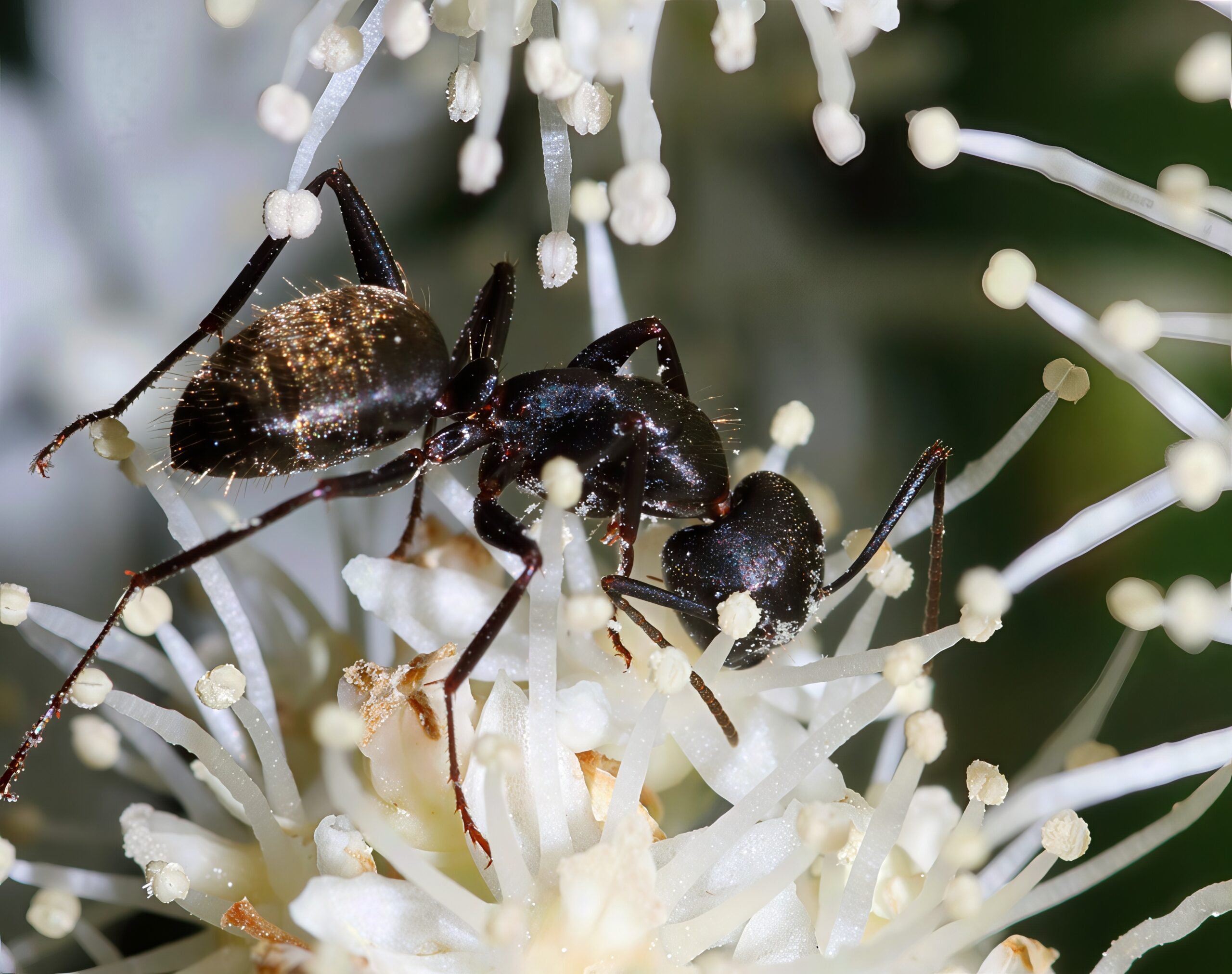
In the complex world of ant colonies, carpenter ants have developed sophisticated methods of maintaining colony health through strategic plant selection. These industrious insects actively collect resin from coniferous trees, which they use to line their nests and create powerful antiseptic environments. The resin contains compounds that inhibit bacterial and fungal growth, protecting the entire colony from disease outbreaks.
When individual carpenter ants become infected with pathogenic fungi, they often seek out specific plants containing antifungal compounds. Workers have been observed deliberately consuming leaves from trees like wild cherry and oak, which contain tannins and other compounds that help combat fungal infections. This collective approach to medicine ensures that both individuals and the colony as a whole maintain optimal health in challenging environments.
Fruit Flies: Tiny Creatures with Big Medical Knowledge
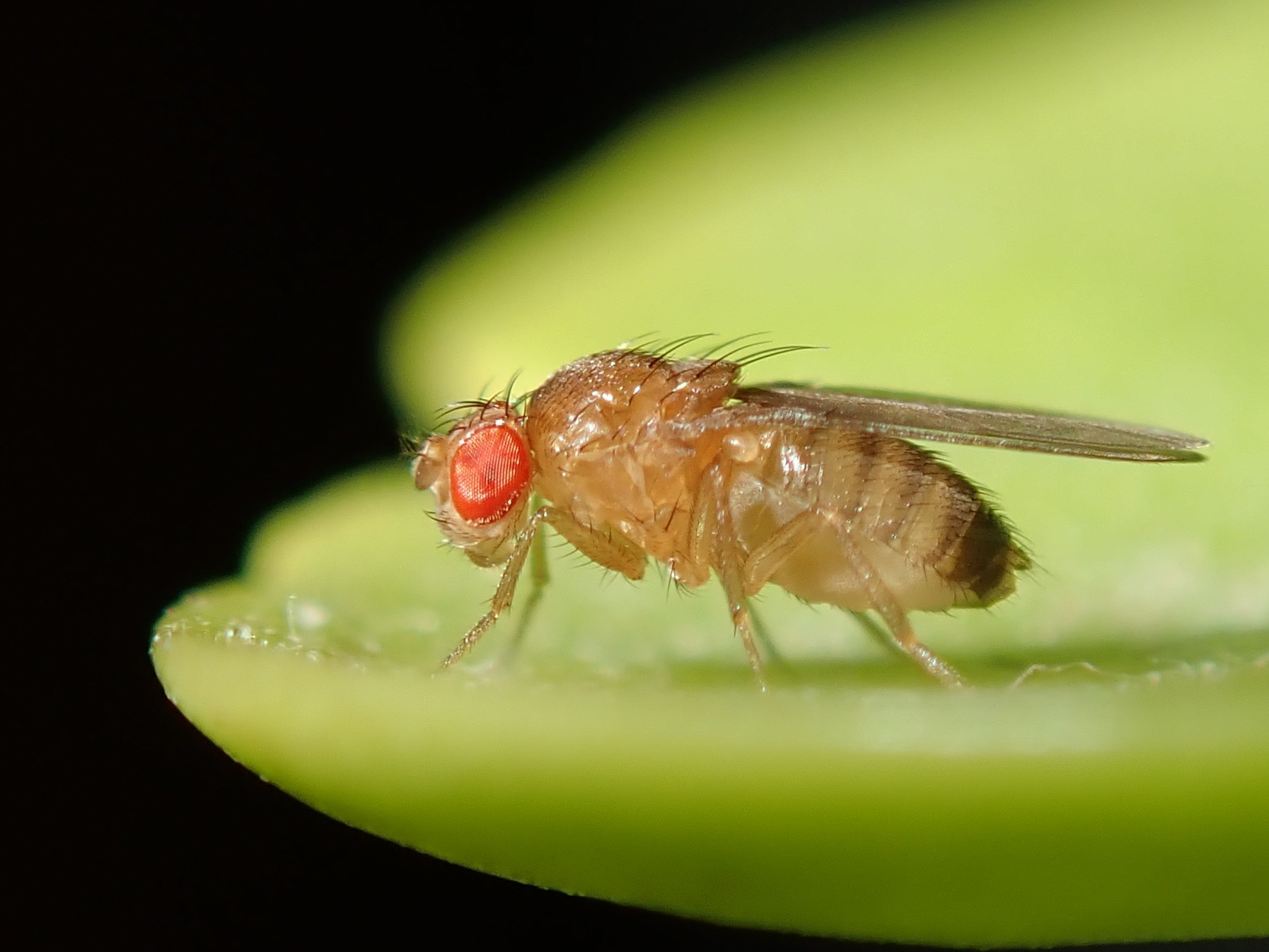
Despite their diminutive size, fruit flies demonstrate remarkable medical acumen when dealing with parasitic wasps that lay eggs inside their larvae. When infected, fruit fly larvae actively seek out food sources containing high levels of ethanol, effectively using alcohol as medicine. This behavior increases their survival rates by creating an inhospitable environment for the developing wasp larvae.
The precision of this self-medication is truly astounding – infected fruit fly larvae can detect and prefer food sources with ethanol concentrations that are toxic to their parasites but not immediately lethal to themselves. This delicate balance requires sophisticated chemical detection abilities and demonstrates that even the smallest insects possess remarkable survival instincts. Recent studies have shown that this behavior is so refined that fruit flies can adjust their alcohol consumption based on the type and severity of their parasitic infections.
Leaf-Cutter Ants: Cultivating Medicine Gardens

The leaf-cutter ants of Central and South America have taken insect medicine to an entirely new level by essentially farming their own pharmaceuticals. These remarkable insects don’t just collect medicinal plants – they cultivate fungus gardens that serve as both food sources and medicine cabinets. When their fungal crops become contaminated with harmful bacteria or competing fungi, the ants introduce specific plant materials that contain antibiotic compounds.
Worker ants carefully select leaves from plants known to contain antimicrobial substances, which they then incorporate into their fungal gardens. This process creates a controlled environment where beneficial fungi can thrive while harmful pathogens are suppressed. The sophistication of this agricultural medicine system rivals many human farming practices and demonstrates the incredible evolutionary adaptations that have allowed these insects to thrive in competitive tropical environments.
Bees: The Honey Pharmacy Connection
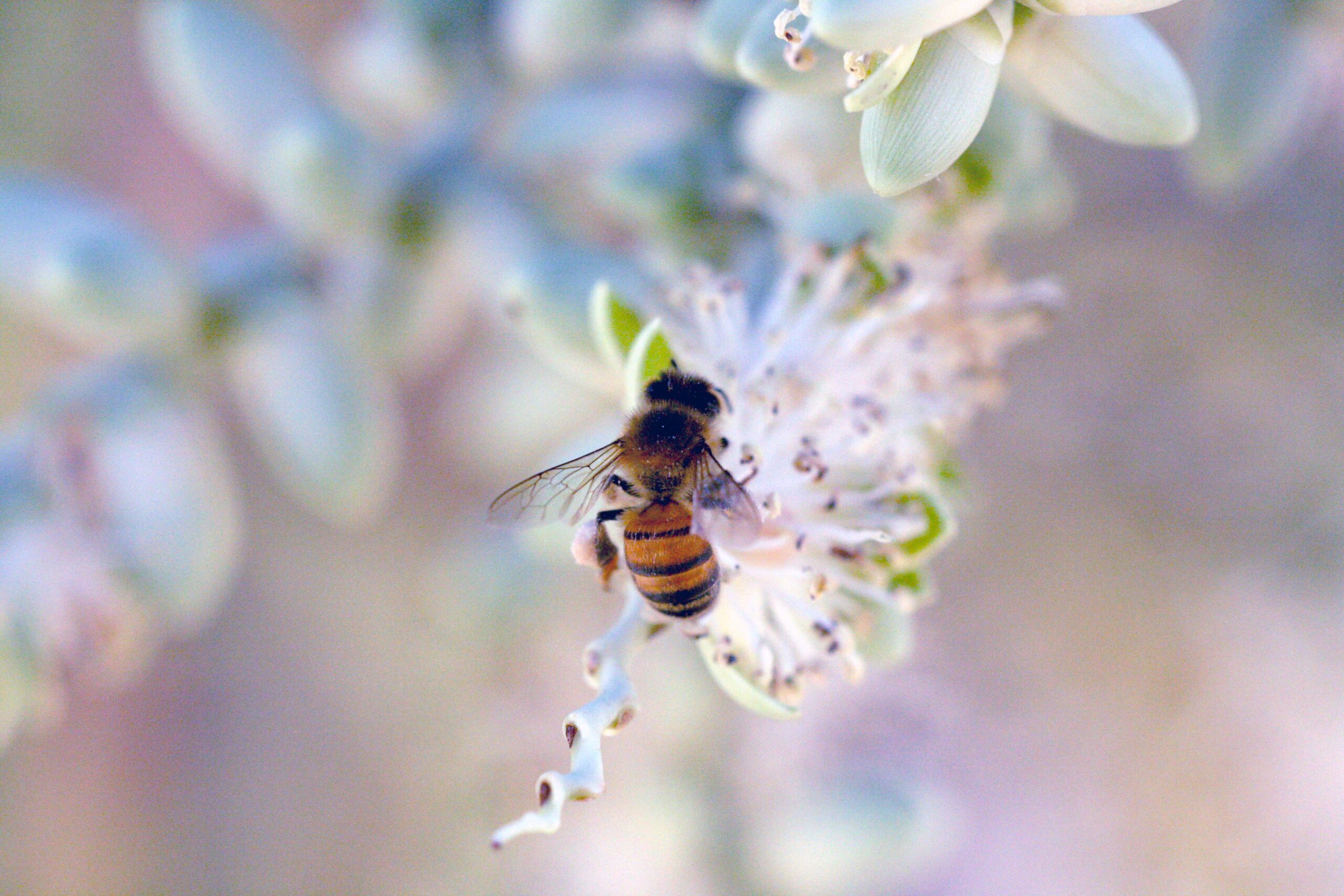
Honeybees have long been recognized for their production of antimicrobial honey, but recent research has revealed that their medicinal practices extend far beyond honey production. When bee colonies are threatened by specific pathogens, forager bees actively seek out plants containing compounds that can combat these threats. They collect not just nectar and pollen, but also plant resins and other medicinal materials.
The phenomenon of “medicinal foraging” in bees becomes particularly pronounced when colonies face fungal infections or viral outbreaks. Bees will travel considerable distances to collect materials from plants like sunflowers, which contain compounds that reduce viral loads in infected individuals. This behavior suggests that bees can somehow communicate health threats throughout the colony and coordinate medicinal responses, highlighting the incredible social intelligence of these vital pollinators.
Perhaps most remarkably, bees also engage in what researchers call “prophylactic medicine” – collecting medicinal plant materials before infections occur, essentially practicing preventive healthcare. This forward-thinking approach to colony health demonstrates a level of planning and medical sophistication that continues to inspire biomimetic approaches to human medicine.
Moths: Nighttime Healers of the Insect World
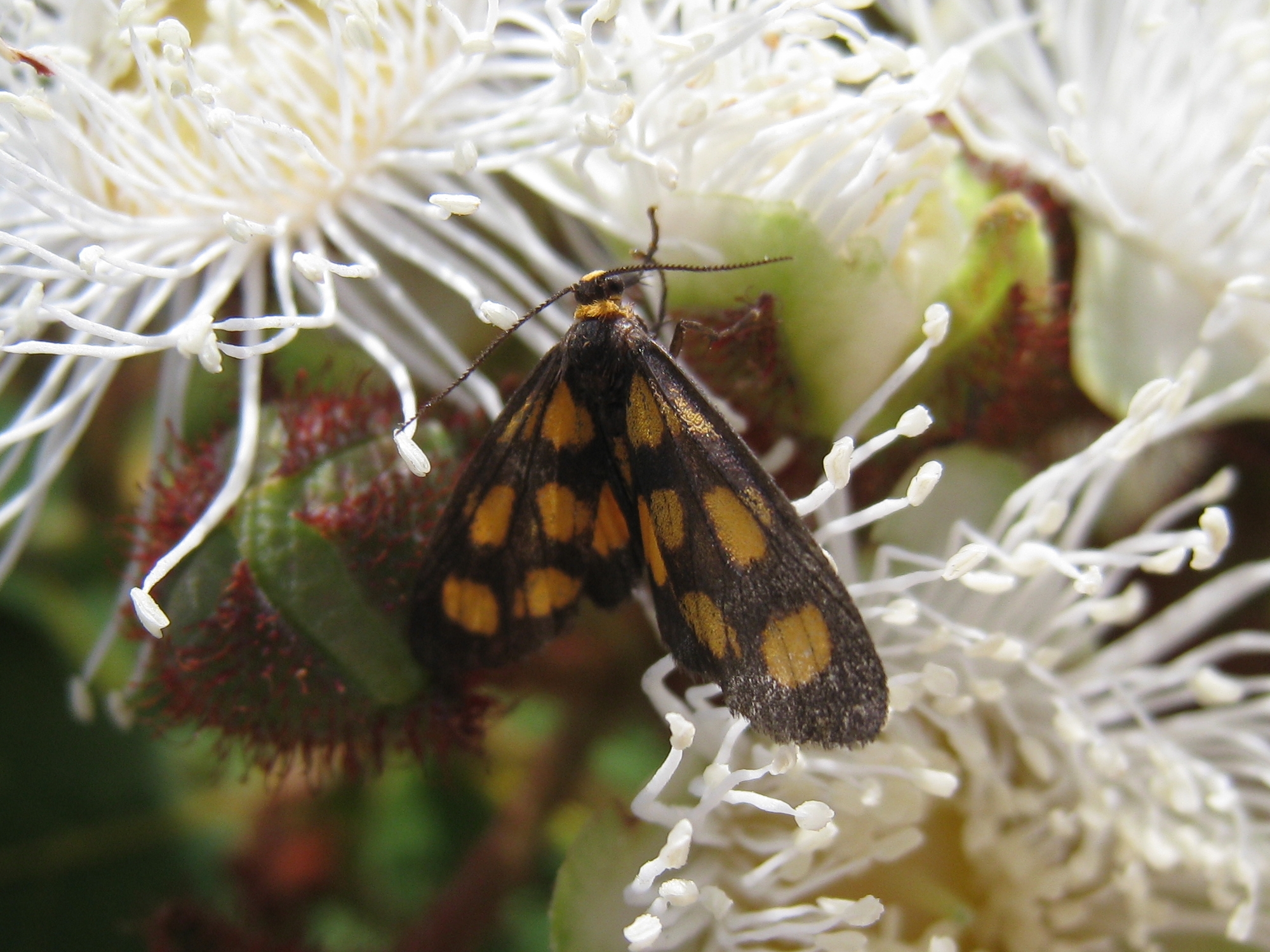
The nocturnal world of moths holds numerous examples of sophisticated self-medication behaviors that often go unnoticed by casual observers. Many moth species, when infected with parasites or pathogens, alter their feeding patterns to include plants they would normally avoid. These plants often contain bitter compounds or alkaloids that serve as natural medicines, helping infected moths combat their ailments.
Tiger moths, in particular, have been observed consuming plants containing pyrrolizidine alkaloids when infected with certain parasites. These compounds not only help eliminate the parasites but also make the moths unpalatable to predators, providing a dual benefit of medication and protection. The ability to self-medicate while simultaneously enhancing survival chances showcases the remarkable evolutionary adaptations that have allowed these insects to thrive in diverse environments.
Parasitic Wasps: Using Plants to Enhance Reproduction

Parasitic wasps represent a fascinating example of insects using plants not just for personal health, but to enhance their reproductive success. Female wasps often seek out specific plants containing compounds that can improve the survival rates of their offspring. These compounds are transferred to the eggs during development, providing the developing larvae with chemical defenses against competing parasites or pathogens.
Some parasitic wasp species have been observed feeding on plants containing compounds that make their eggs more resistant to the immune systems of their hosts. This sophisticated form of “prenatal medicine” ensures higher survival rates for their offspring and demonstrates the intricate relationships between insects, plants, and the complex web of parasitic interactions in nature. The precision with which these wasps select medicinal plants suggests an evolved understanding of chemical ecology that rivals the knowledge of trained pharmacologists.
Termites: Social Medicine in Action
Termite colonies represent some of nature’s most sophisticated examples of social medicine, with individuals actively working to maintain the health of the entire community. When termite colonies face fungal infections or bacterial outbreaks, workers systematically collect specific plant materials that contain antimicrobial compounds. These materials are then incorporated into the nest structure, creating a sterile environment that protects the entire colony.
The coordination required for these medicinal practices is truly remarkable – worker termites must communicate about health threats, identify appropriate medicinal plants, and coordinate the collection and application of these materials throughout the colony. This level of social medical cooperation demonstrates that collective intelligence in insect societies can achieve complex healthcare solutions that benefit entire populations.
The Role of Chemical Communication in Insect Medicine
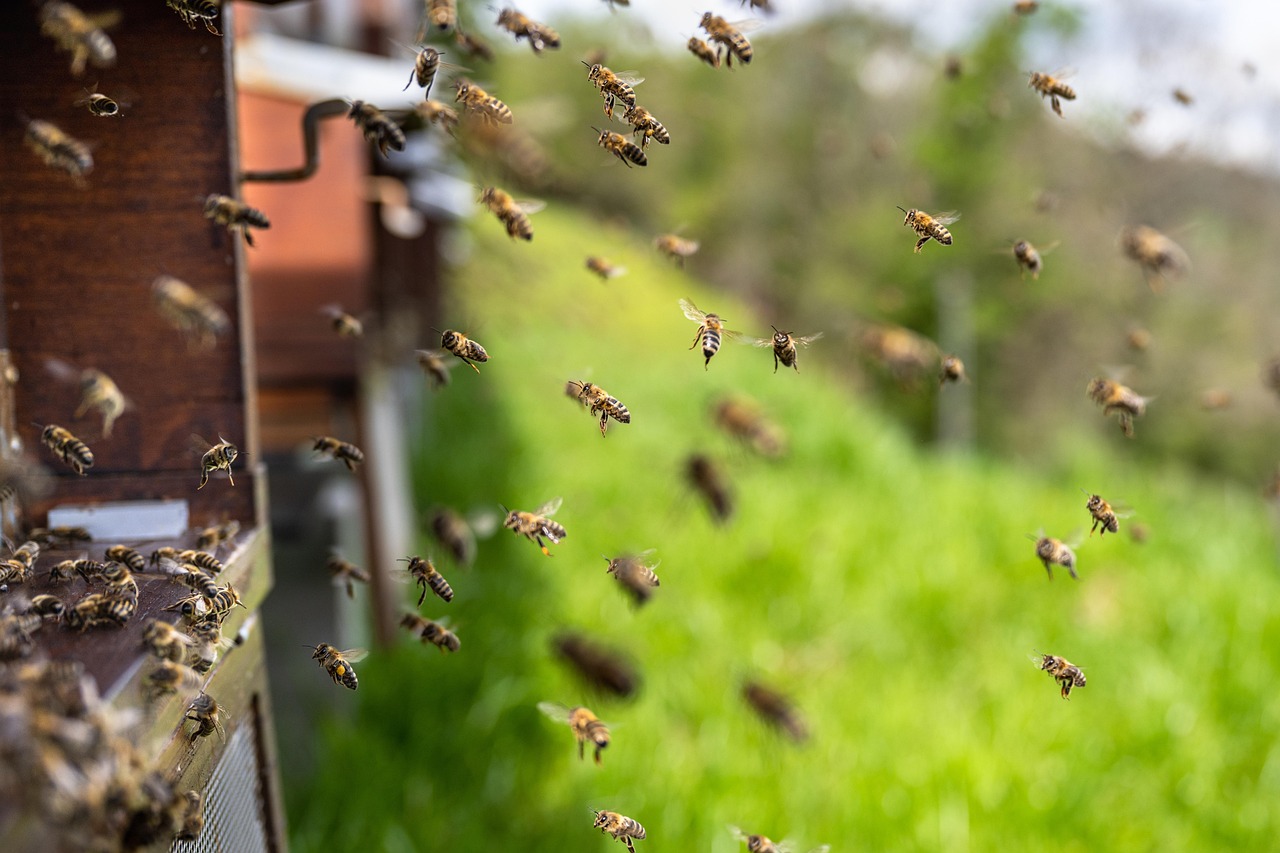
One of the most fascinating aspects of insect self-medication is the role of chemical communication in coordinating medicinal behaviors. Many insects use pheromones and other chemical signals to communicate about health threats and the location of medicinal plants. This chemical language allows for the rapid dissemination of medical information throughout insect populations, enabling coordinated responses to disease outbreaks.
Recent research has revealed that some insects can actually “smell” disease in their companions and respond by increasing their own consumption of medicinal plants. This ability to detect illness in others and take preventive action demonstrates a level of social medical awareness that was previously thought to be unique to more complex organisms. The chemical sophistication of these communication systems continues to inspire new approaches to understanding both insect behavior and the development of bio-inspired medical technologies.
Evolutionary Advantages of Plant-Based Medicine

The evolution of self-medication behaviors in insects represents a remarkable example of natural selection favoring individuals who can effectively use plants as medicine. Insects that possess the ability to diagnose their own ailments and seek appropriate plant remedies have significant survival advantages over those that cannot. This selective pressure has led to the development of increasingly sophisticated medicinal behaviors across numerous insect species.
The evolutionary arms race between insects and their pathogens has driven the development of ever more refined self-medication strategies. As parasites and pathogens evolve new ways to exploit insect hosts, the insects respond by developing new methods of using plants as medicine. This ongoing evolutionary dance has resulted in the incredible diversity of medicinal behaviors we observe in the insect world today.
The fact that self-medication has evolved independently in numerous insect lineages suggests that this behavior provides such significant survival advantages that it has been repeatedly favored by natural selection. This convergent evolution of medicinal behaviors across different insect groups highlights the fundamental importance of plant-based medicine in the natural world.
Climate Change and Insect Medicine

Climate change poses new challenges for insects that rely on plant-based medicine, as shifting weather patterns affect both the availability of medicinal plants and the distribution of insect pathogens. As temperatures rise and precipitation patterns change, some insects may find that their traditional medicinal plants are no longer available in their habitats. This creates pressure for insects to adapt their medicinal behaviors or find new plant sources.
Research has shown that some insect species are already adapting their medicinal practices in response to climate change. For example, certain butterfly species have been observed expanding their range of medicinal plants as their traditional sources become less reliable. This behavioral plasticity demonstrates the remarkable ability of insects to adapt their medical practices to changing environmental conditions.
The study of how insects adapt their medicinal behaviors in response to climate change provides valuable insights into the resilience of natural systems and the importance of preserving diverse plant communities. As we face an uncertain climate future, understanding these adaptive mechanisms becomes increasingly important for conservation efforts and maintaining the delicate balance of natural ecosystems.
Implications for Human Medicine and Agriculture

The sophisticated medicinal behaviors of insects offer valuable insights for human medicine and agricultural practices. Scientists are studying insect self-medication to discover new compounds that could be developed into pharmaceuticals for human use. Many of the plants that insects use for medicine contain compounds that are also effective against human pathogens, suggesting potential applications in drug development.
Agricultural researchers are also exploring how insect medicinal behaviors might be harnessed to develop more sustainable pest management strategies. By understanding how insects use plants as medicine, we can potentially develop biological control methods that work with natural systems rather than against them. This bio-inspired approach to agriculture could lead to reduced pesticide use and more environmentally friendly farming practices.
The study of insect self-medication also provides insights into the evolution of cognition and decision-making in simple organisms. Understanding how insects can make complex medical decisions with relatively small brains could inform the development of artificial intelligence systems and robotics applications. The efficiency and effectiveness of insect medicinal behaviors offer models for developing automated systems that can make sophisticated decisions with minimal computational resources.
The remarkable world of insect self-medication reveals a level of biological sophistication that challenges our understanding of intelligence and medical knowledge in the natural world. From monarch butterflies selectively choosing toxic milkweeds to combat parasites, to carpenter ants creating antiseptic environments for their colonies, these tiny creatures demonstrate that medicine is not a uniquely human endeavor. Their ability to diagnose illness, seek appropriate remedies, and even practice preventive healthcare shows us that nature has been perfecting medical practices for millions of years before humans ever existed. As we face growing challenges with antibiotic resistance and emerging diseases, perhaps it’s time we paid closer attention to these six-legged physicians and their botanical pharmacies. What other medical secrets might be hiding in the intricate relationships between insects and plants?

